Be more than an investment advisor. Become a Personal CFO.
You may be wondering what that exactly means and entails. A CFO? I am an investment advisor. Hear me out, the needs of your clients are changing. Yes, they are looking for more than just investment advice. They are looking for wealth advice. Their goal? How to live the life they desire through not only good investment decisions, but also by optimizing how they borrow to meet their cash needs. CFOs are overseeing both sides of the balance sheet taking a holistic approach to decision making. Finding the right debt-to-asset ratio is imperative for a business and is a great approach for individuals as well.
Many investors borrow, but typically with traditional consumer loans
The term “debt” is considered by many to be a four-letter word, and one to be avoided if at all possible. It is what many of us are trying to dig ourselves out of. Most of us have financing needs and may use credit cards, mortgages, car loans, HELOCs, etc. all of which are debt. Now in thinking about those debts we have high-interest rates and at the end of the day when we have paid those debts, we have less cash in our pocket. Now let us think about debt more strategically.
The securities-based line of credit is an alternative option and missed opportunity. Ben Henry-Moreland recently put out an article[1] on Kitces.com that was centered around the way people view cash and how having access to cash (or liquidity) affects one psychologically. In short, they were happier when they had more cash in their checking / savings accounts and knowing they had access to it whenever they needed it.
“Indeed, there is evidence that individuals' "liquid wealth" (i.e., cash in checking and savings accounts) is correlated with their sense of life satisfaction and financial wellbeing and is more strongly associated with those feelings than other measures like income, investment balances, or debt. In other words, having a healthy amount of cash on hand appears to make people feel better about their overall financial health, regardless of how much they might have stashed in retirement accounts or other investments.”
After reading the article my mind immediately went to why securities-based lending (SBL) was not included as an option for liquidity. Was this a missed opportunity? I think so. If you are unfamiliar, SBL is a loan that you can take against a non-retirement investment account to use for anything except to purchase more securities. There are no line fees, and the rates are typically lower compared to other alternatives such as HELOC, or unsecured loans. From an advisor perspective, it is a win-win because you can extend your services to now helping your client’s borrowing needs without them having to sell off securities and lose the assets under management (AUM). Thus, deepening the relationship and becoming more of that CFO in a sense. SBL has historically been something that the ultra-high net worth has used but is becoming more and more common among a broader set of investors. Supernova set out in 2014 to democratize SBL making it accessible and creating an easy and efficient process that gives investors access to cash when they need it – FAST. In fact, according to our data at Supernova, we have had an upswing in SBL since the beginning of the pandemic and the largest increase in new lines / draws being this year during tax season.
In the recent article[2] Securities-based lending: A low-cost, tax-efficient tool that can help build wealth the author does a fantastic job explaining the potential tax advantages for your clients. He also outlines opportunities for advisors to grow their business by incorporating an SBL program and changing the way they think about assisting their clients. As Dan states in his article:
“Securities-based lending should be an integral part of a wealth management plan. Whether a client needs financing or not, a securities-based line provides a low-cost enhancement of their financial flexibility. Moreover, it enables clients to leave their assets in the market to potentially capture additional returns and avoid tax consequences—thus affording them the opportunity to maintain or further build their wealth.”
What’s the Opportunity?
As you sit down with your clients, put on your CFO hat and learn about their financial wellness needs. Educate your client on other ways to access liquidity that promote financial flexibility and potential tax advantages. Advocating for an emergency plan and access to liquidity through SBL is a great way to start a new client relationship and something to remind your existing clients. They may be unaware of it as an option, and you could alleviate the worry of liquidating assets to cover short-term cash needs and the potential tax liabilities of doing so that follow. Watch your business grow as you add unprecedented value to your clients and create deeper, more meaningful business relationships.
[1] Henry-Moreland, Ben. August 22, 2022. Client Cash Management: Why It’s Important, And The Next Generation Of Technology To Make It Better. Retrieved from: https://www.kitces.com/blog/cash-management-rising-interest-rates-inflation-sweep-accounts-fintech-fees-aua/?utm_campaign=coschedule&utm_source=linkedin&utm_medium=Michael%20Kitces&utm_content=Client%20Cash%20Management%3A%20Why%20It%27s%20Important%2C%20And%20The%20Next%20Generation%20Of%20Technology%20To%20Make%20It%20Better
[2] Sullivan, Dan. Securities-based lending: A low-cost, tax-efficient tool that can help build wealth. Retrieved from: https://private-wealth.us.cibc.com/blog/-/blogs/securities-based-lending-help-build-wealth
